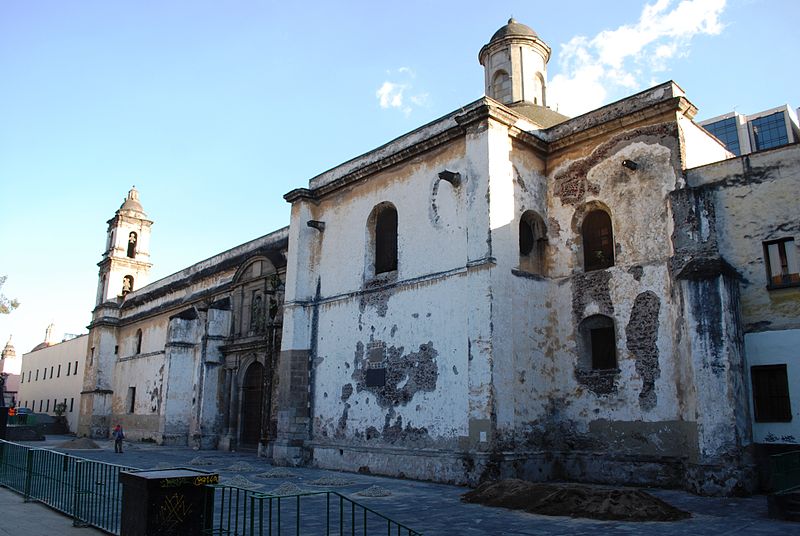
The Claustro de Sor Juana is the former cloister in the San Jerónimo Convent where Sor Juana Inés de la Cruz, a prominent Mexican poet, lived for 27 years. The cloister is today home to the Claustro de Sor Juana University, a Site Museum, and the Celda Contemporánea art space and gallery. It’s an important spot on the extensive pedestrian-only San Jerónimo street.
The University of the Cloister of Sor Juana opened in 1979. A private university, it’s currently responsible for the entire former convent complex which is a historical monument. The university sponsors and co-sponsors numerous cultural and educational activities, most of them centered in and around the former convent. The school also offers very well-known culinary and cultural degree programs.
The cloister was founded in 1585. It was originally made up of two adjoining homes and opened for four nuns in 1623. A church was built in the Renaissance style, although the Herrerian influence is often noted. The bell tower was completed in 1665. The sculpture over the entranceway is Saint Hieronymite and is believed to be the second oldest stone sculpture from the colonial period.
The convent was expanded and remodeled numerous times. Sor Juana entered the convent, then dedicated to Saint Paula, in 1669. She spent the remaining 27 years of her life there. She’s said to have joined the Hieronymite nuns because of their more relaxed rules and so that she could study as she wished, seeking “no fixed occupation which might curtail my freedom to study.”
The convent was closed in 1867, as a result of the Reform Laws. The building went through phases as military hospital. Eventually is was passed, in payment, to the architect, Antonio Rivas Mercado. His daughters inherited it in 1927. The church, being the property of the state, was declared a national monument. But the rest of the property was divided among several other owners until 1975, when a group dedicated to studying Sor Juana asked President Luis Echeverría to expropriate the building in order to conserve it.
Today the Claustro de Sor Juana complex is an important educational institution as well as a cultural and historical site. The museum can be visited, as can a limited number of areas within the complex. The photo above was taken on San Jerónimo street, but note that the main entrance is on José María Izazaga.
Hours: Monday – Friday: 9 a.m. to 7 p.m., Saturdays: 10 a.m. – 1:45 p.m.
 promocion@elclaustro.edu.mx
promocion@elclaustro.edu.mx
 +52 (55) 5130 3300
+52 (55) 5130 3300
 http://www.ucsj.edu.mx/
http://www.ucsj.edu.mx/

0.05 kms.
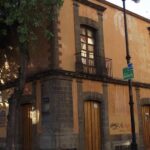
0.11 kms.
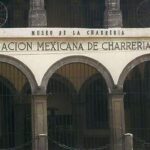
0.14 kms.
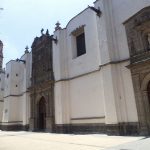
One of the City's most serene church interiors is on one of the most raucous of City Center streets.
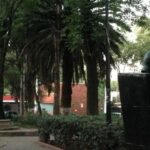
One of the most dramatic of old Baroque temples in the City, this one is the parish church of La Lagunilla.

A dark shadow stretches across the north of the Alameda Central. It's an 18th century hulk of a church holding a number of important artworks.
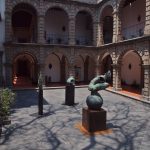
A surprisingly vibrant art space with a long history shows off the hip collection of the Ministry of Foreign Affairs

One of the most easily historical corners in the city center, it's a monument, a garden and much more.